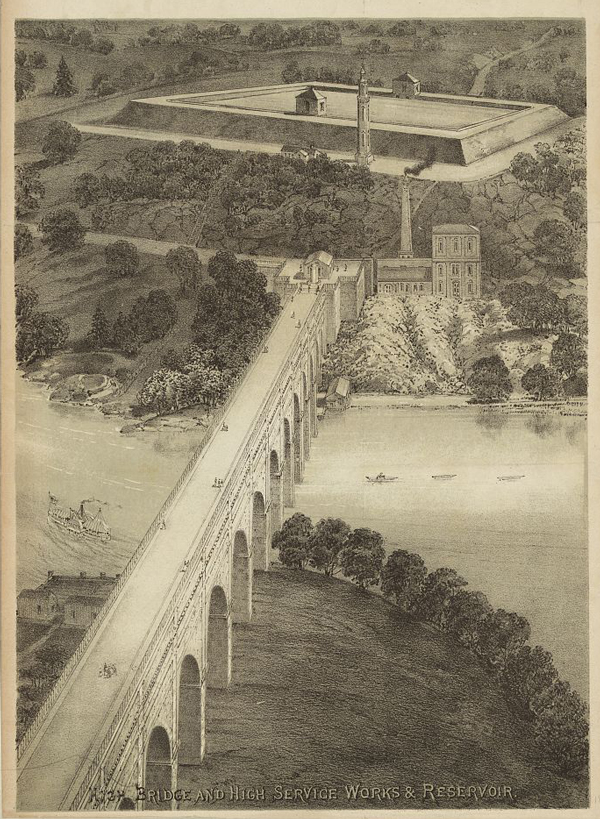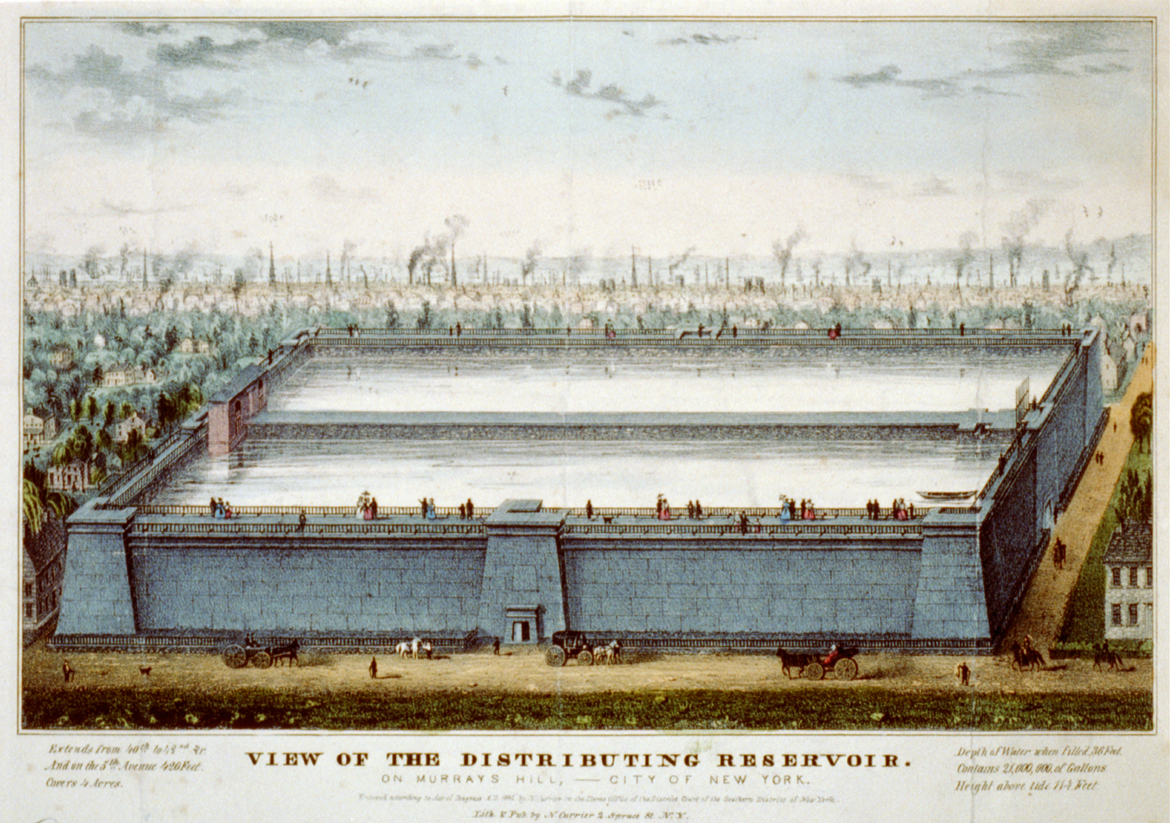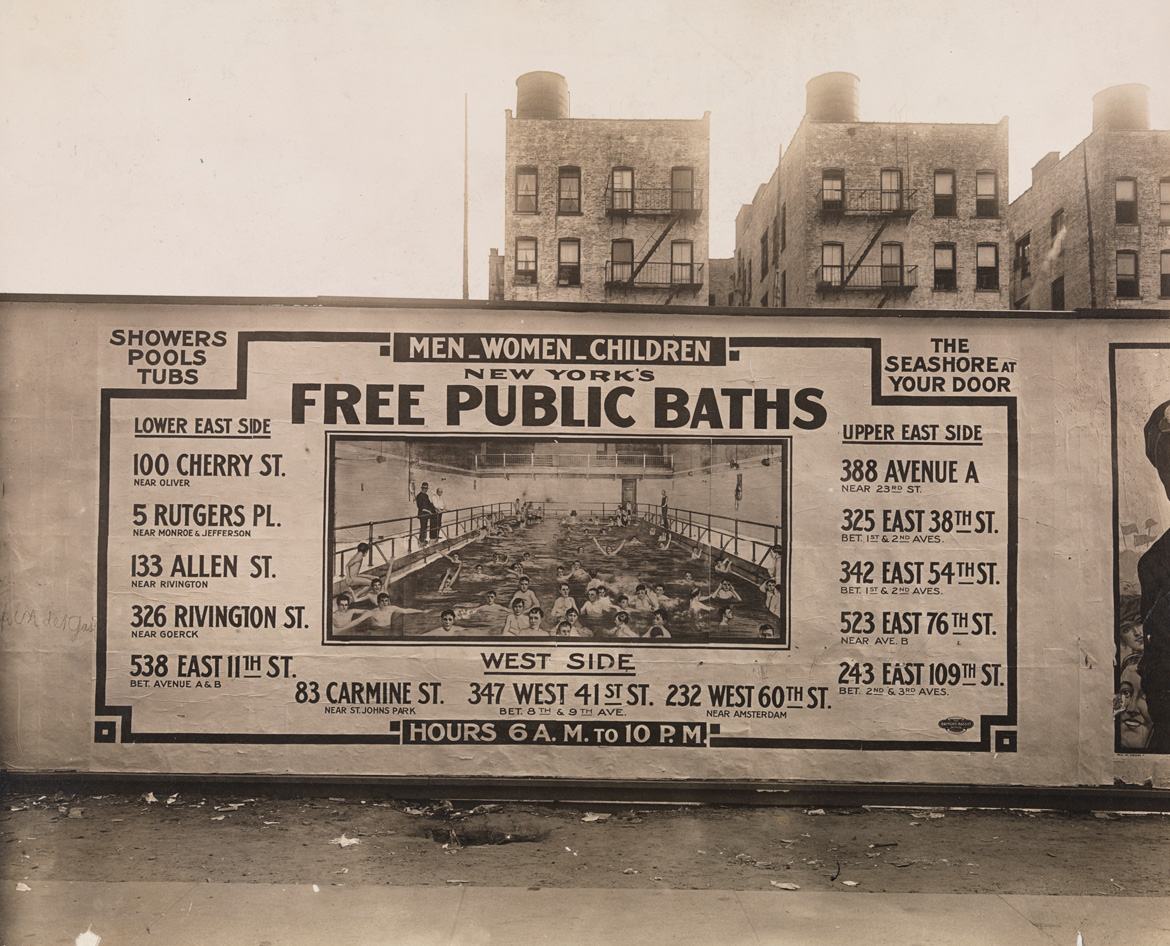
We are celebrating 15 years — and counting — of stories that are deeply researched and deeply felt, that build a historical record of what the city has been.
We are celebrating 15 years — and counting — of stories that are deeply researched and deeply felt, that build a historical record of what the city has been.
After a long and cautious lull, New Yorkers are dipping their toes back into a fuller spectrum of public life — and soon, they will literally be able dip their toes back into the waters of New York’s municipal swimming pools. June 26, 2021 marks the reopening of most outdoor pools — indoor facilities will remain closed until further notice — and rising temperatures signal the swift approach of swimming season. But while summer fun is certainly on the agenda, the stakes are more than recreational. With access to air conditioning and green space following the city’s geographies of inequity, largely along lines of race and class, beating the heat is, for many, more than a matter of convenience: it is a major public health issue, even a life or death matter, increasingly so in a warming world.
Like the flow of water from New York’s upstate reservoirs to your favorite swimming spot, the story of the city’s public pools follows a complex trajectory through broader social histories. In the first installment of a three-part mini-series tracing these undercurrents, Karolina Czeczek situates public pools within the larger evolution of New York’s water supply system, and affirms their role as an adaptable and critical infrastructure for health and public space.
Because it remains largely out of sight, New York City’s water supply is often thought of as a purely technical matter; the more layered, private and public roles that water infrastructure plays in the urban landscape tend to escape wider conversation. Public pools, water splashes, drinking fountains, public bathrooms, and hydrants are all critical infrastructures for health, hygiene, and public space. By looking at specific elements of the historical and contemporary water supply system, we can trace its centrality to urban growth and resiliency. How should we manage the city’s water supply, and its ability to meet New Yorkers’ demands for hydration, recreation, and heat mitigation in the future, especially in the light of the climate crisis?
New York City is known for having one of the cleanest and most reliable municipal water sources in the US. The Croton, Catskills, and Delaware watersheds, located in upstate New York, cover 1,972 square miles, and contain 19 reservoirs with a combined capacity of 550 billion gallons. By virtue of the Watershed Protection Program, run by the city’s Department of Environmental Protection (DEP), the water originating from these far-away reservoirs does not require extensive filtration, whether flowing to private water taps or street hydrants. DEP operates two tunnels that supply New York City with one billion gallons of water each day. After a series of delays, the decades-long construction of a third tunnel, started in 1970, is nearly complete. From these tunnels, water is then distributed across the city via a 6,800-mile network of pipes. Beyond office and residential tap water connections, water also flows to some 109,526 hydrants, 1,103 public bathrooms, 841 spray showers, 3,120 drinking fountains, and 65 active public pool complexes in New York City. DEP also operates 965 sampling stations across the city, which are monitored monthly for pollutants to ensure water quality and safety.
Urban growth and an increasing demand for clean water have driven the evolution of New York City’s complex water supply system over the past 200 years. In the 1820s, city officials decided to create a public water system to replace an unhealthy and unreliable network of collection ponds and cisterns. The Croton Reservoir, Croton Dam, and Croton Aqueduct, located in Putnam and Westchester counties, were opened on July 4th, 1842 to provide a flow of freshwater to Manhattan. The aqueduct, in particular, was an enormous engineering undertaking, started by Major David B. Douglas and continued by John B. Jervis, who led the final design stages and construction efforts. 40 years later, the burgeoning city enlarged its nearest watershed and constructed a New Croton Aqueduct to the west of its predecessor. After the full incorporation of New York City’s five boroughs, the water system was expanded yet again with the annexation of the Catskill and Delaware Reservoirs further north, and the construction of the first and second water tunnels.
Leaving the Croton Reservoir, water coursed through a horseshoe-shaped, eight-and-a-half-foot-high by seven-and-a-half-foot-wide, brick-lined masonry tunnel. At different points along its 41-mile span, the Aqueduct was buried underground, covered by embankments, cut into the rocks, and siphoned or carried across bridges through the valleys and rivers. The primary infrastructure was supported by a network of masonry ventilators, weirs, culverts, gatehouses and keeper’s houses, which assured an uninterrupted gravity flow of the water from the source to its final destination.
It was not only flow, but also storage, distribution, treatment — and, eventually, recreational use — that formed the city’s approach to water management, resulting in the construction of several civic engineering marvels. Once it reached the city, water was stored in artificial reservoirs distributed across various neighborhoods. The Croton Reservoir in Central Park (now the Jacqueline Kennedy Onassis Reservoir) and Jerome Park Reservoir in the Bronx were designed as groundwater bodies with recreational paths laid out around their perimeters. The York Hill Reservoir in Central Park (now the Great Lawn), High Bridge Reservoir in Washington Heights, and Murray Hill Reservoir were architecturally distinct structures with a monumental presence.
The city’s local reservoirs were decommissioned with the completion of the first and second water tunnels in 1917 and 1936, respectively. Some were turned into recreational areas and integrated into the surrounding parks system, while others were demolished to make way for new development. The site of the Murray Hill Reservoir, for instance, was later transformed into Bryant Park; part of the old reservoir’s foundations were used to construct the New York Public Library in 1911. The High Bridge reservoir, with its iconic water tower and bridge, was adapted into a public swimming pool in 1936. Meanwhile, the Croton System as a whole was eventually decommissioned in 1965, and listed on the National Register of Historic Places in 1992; several of its extant structures have been designated as Historical Landmarks. The Aqueduct Trail, alongside a stretch of the original tunnel, is now a State Historical Park; it continues through the Bronx as a City-managed park, fully preserved. The architectural ingenuity and scale of much of the city’s original water infrastructures, which had already served as great civic markers during their operation, were later adaptable for more obvious social and environmental purposes.
With the construction and expansion of the water supply system, private bathrooms became commonplace for middle and upper-class New Yorkers. However, access to fresh water was still limited for the majority of working-class people. In 1895, the New York State legislature passed a law mandating the establishment of public baths for all cities with more than 50,000 people in the state. The first municipal bath in New York City, the Rivington Street Bath, opened in 1901, and by 1915, 15 more public bath facilities were established in Manhattan, alongside eight in Brooklyn, one in Queens, and one more in the Bronx. Inspired by European examples, the baths provided public showers, tubs, laundries, and comfort stations (or restrooms). Baths sometimes doubled as recreational destinations; some were even located within the city’s parks and equipped with gymnasiums and swimming pools. As the proliferation of private plumbing diminished their function as a public utility, the baths continued to offer relief during the summer heat. In 1935, several public baths across New York were renovated by the WPA, but most were closed after World War II. Some former baths still survive to this day as indoor public swimming pools and recreational centers, such as Asser Levy Bath in Manhattan or Metropolitan Bath in Brooklyn.
As the city’s public baths shed their original public health purposes, swimming pools connected the city’s water supply to public spaces for recreation and social interaction. Increased demand for leisure facilities in the first decades of the 20th century fueled the construction of municipal swimming pools. Eleven large-scale pools were built with WPA funds and labor and opened within weeks of one another in the summer of 1936; more facilities were constructed throughout the 1960s and ’70s. Today, New York’s Department of Parks and Recreation operates 65 active public pool complexes — 53 outdoor, twelve indoor — normally open from Memorial Day through Labor Day weekend (this schedule has shifted in the last year due to Covid-19 restrictions; only 15 of the City’s outdoor pools eventually opened in 2020). Average attendance on any given weekend day reaches 30,000 people, with the biggest pools each accommodating more than 2,000 swimmers per day. While these pools support significant numbers of swimmers, their overall capacity is too small to match the population as a whole.
During the summer months, New Yorkers rely on shared, public water facilities to beat the heat. But with roughly one pool complex serving every 160,000 New Yorkers, pools are an all-too-scarce cooling source in a city where heat vulnerability reflects racial and economic disparities. This problem became especially visible last summer, when the majority of New York City public pools were closed due to pandemic. Many communities were forced to improvise solutions: In Red Hook, a coalition of local organizations helped establish a network of “pop-up cooling infrastructures” throughout the neighborhood, acknowledging the particular dangers of overheating facing lower-income communities of color.
200 years ago, the engineers of the Old Croton Aqueduct started to build a public water supply system that would eventually expand and accommodate uses exceeding its utilitarian origins. Access to water improved living standards for individuals, while addressing collective concerns around urban sanitation and health. Social and economic transformations have pointed to a more complex and vital role for water in the urban environment. The climate crisis and ongoing pandemic have demonstrated how access to this resource remains crucial to the well-being of communities and is a matter of social justice. How might we use water infrastructure as a catalyst for building social and urban resilience in the future? Can water, once again, become a connective tissue that defines development models for the upcoming decades?
The views expressed here are those of the authors only and do not reflect the position of The Architectural League of New York.



